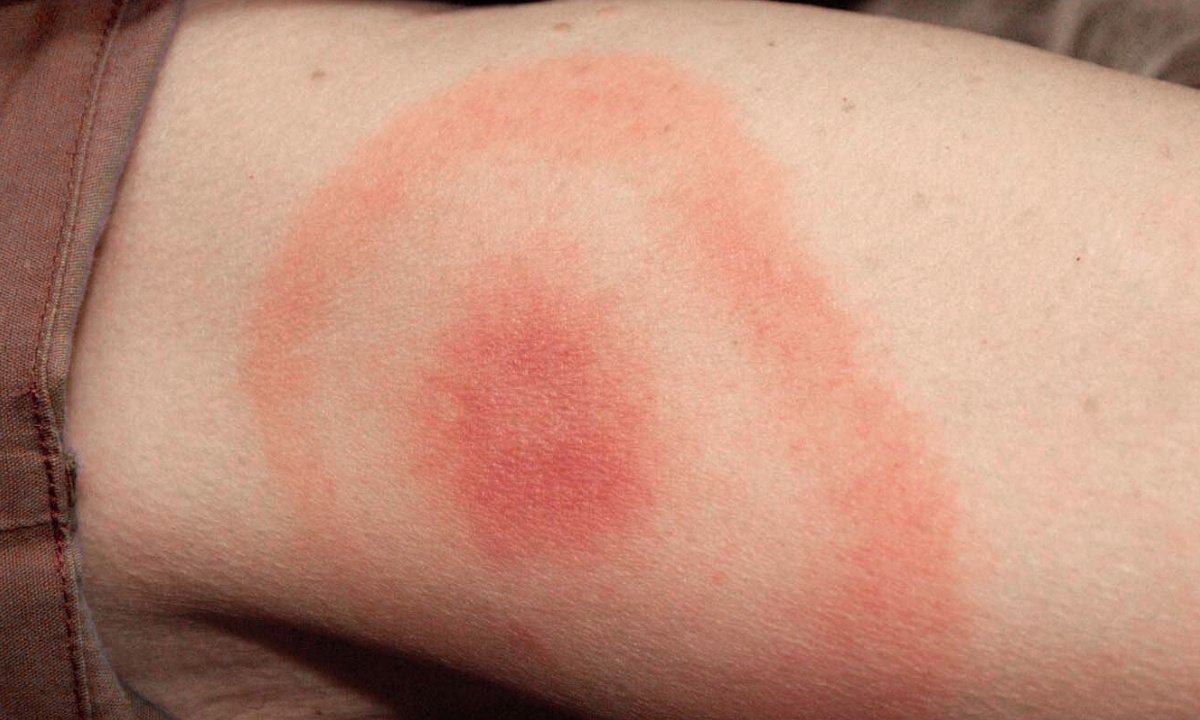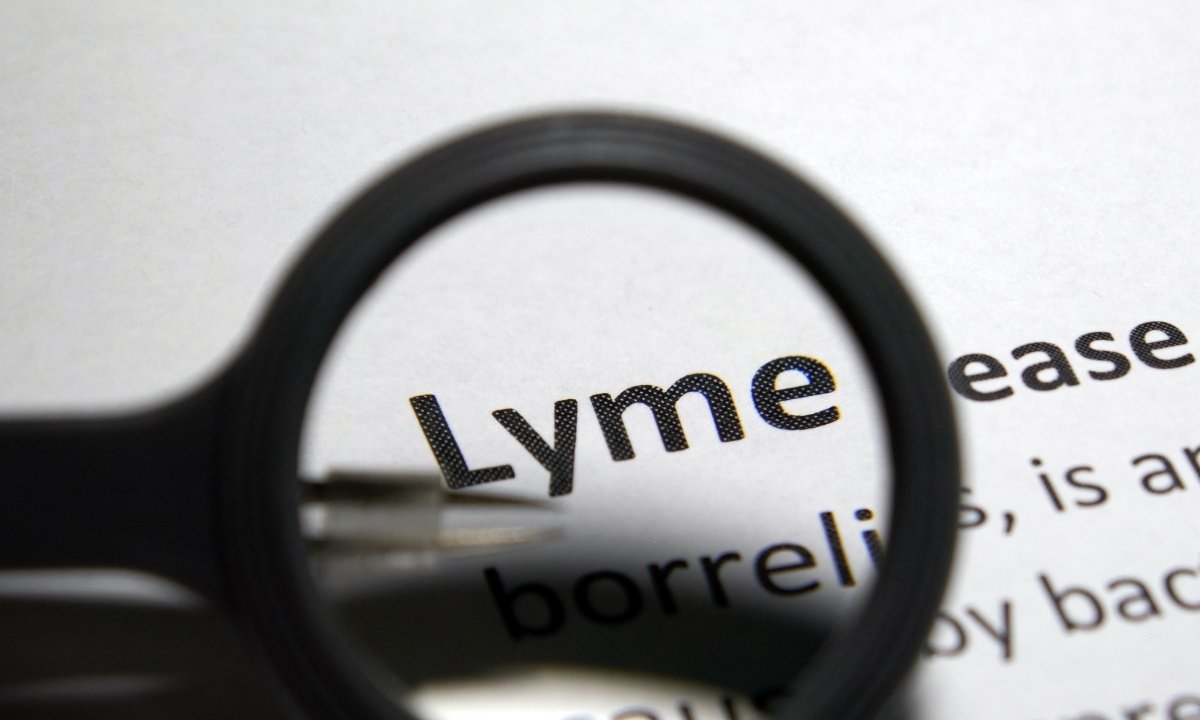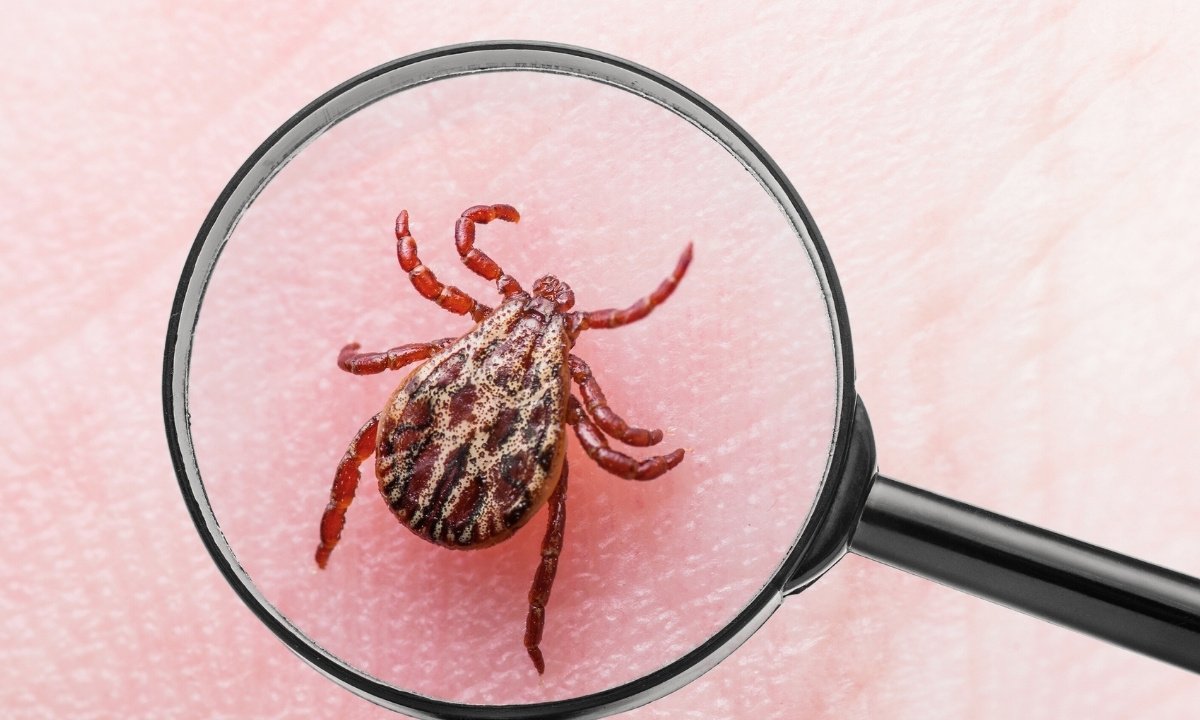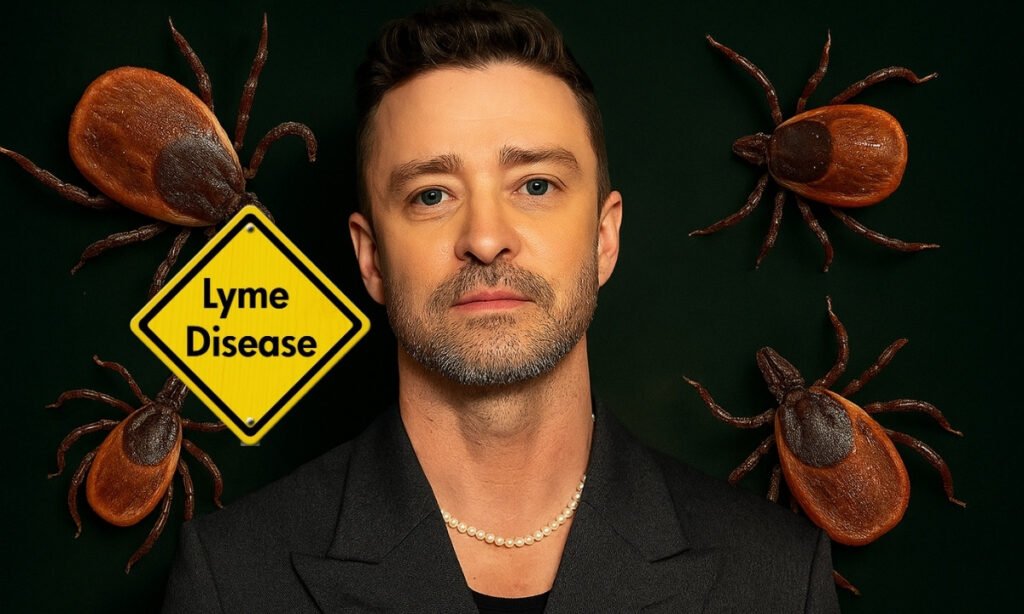Justin Timberlake’s Battle with Lyme Disease: What You Need to Know
Justin Timberlake has recently announced that he has been diagnosed with Lyme disease. This revelation sheds light on the struggles he may have been facing, including less-than-stellar performances at recent concerts. Lyme disease is a serious, multi-systemic illness caused by bacteria transmitted through tick bites. While the diagnosis can be daunting, with proper treatment, a balanced diet, and a healthy lifestyle, it is possible to manage symptoms and lead a full life.
What Is Lyme Disease and How Do You Get It?
Lyme disease, or Lyme borreliosis, is an infectious disease caused by the bacterium Borrelia burgdorferi and, in some cases, other Borrelia species. It is a multi-systemic illness that can affect almost every part of the body, from joints and muscles to the nervous system and heart. It’s often misunderstood because its symptoms can mimic those of many other conditions, making it difficult to diagnose.
How Ticks Transmit Lyme Disease
Lyme disease is not contagious from person to person. The primary way humans contract it is through the bite of an infected blacklegged tick, also known as a deer tick. These ticks are very small and often go unnoticed. The risk of transmission increases the longer a tick is attached, so early detection and removal are crucial. While some research suggests transmission can occur in less than 24 hours, many health organizations still cite a 36-48 hour window as the point of highest risk.
Can Animals Get and Transmit Lyme Disease?
Yes, animals, especially dogs and other domestic pets, can get Lyme disease. They can also carry infected ticks into your home, which is why it’s so important to be vigilant.
Pets and Ticks: Animals like dogs and cats can’t transmit the disease directly to humans. However, if an infected tick bites your pet, it can drop off later and potentially bite a human.
Prevention: To protect your pets and family, always check your animals for ticks after they have been outdoors, especially in wooded or grassy areas. Use veterinarian-approved tick prevention products and keep your lawn well-maintained.

What Are the Symptoms of Lyme Disease?
Lyme disease is often called “the great imitator” because its symptoms are so varied and can be mistaken for other conditions. Symptoms can be physical, psychological, and neurological, and they often progress in stages if left untreated.
Physical Symptoms
The most well-known symptom is the “bull’s-eye” rash, also called erythema migrans. This rash can appear days or weeks after a tick bite and doesn’t always have the classic bull’s-eye shape. Many people don’t get a rash at all.
Other physical symptoms include:
Flu-like symptoms (fever, chills, body aches)
Severe headaches and neck stiffness
Joint pain and swelling, especially in the knees
Muscle pain and fatigue
Heart palpitations or an irregular heartbeat
Psychological and Neurological Symptoms
The Borrelia bacteria can have a profound impact on the nervous system, leading to a range of psychological and neurological symptoms. The bacteria have learned that a body under stress has a weaker immune system, making it a more accessible target.
Depression and Anxiety: Many people with Lyme disease experience significant depression, anxiety, and mood swings. This isn’t just a reaction to the illness; it can be a direct result of the bacterial infection affecting brain function.
Brain Fog and Cognitive Issues: Difficulty concentrating, memory loss, and mental confusion (often called “brain fog”) are very common.
Other Neurological Issues: Bell’s palsy (facial paralysis), nerve pain, and tingling or numbness in the hands or feet are also possible.
How Is Lyme Disease Diagnosed and Treated?
Getting a proper diagnosis can be challenging because standard tests often miss the disease in its early stages. Treatment typically involves antibiotics, but a holistic approach is often needed for full recovery.
The Diagnostic Process
Initial Blood Tests: The first step is usually a two-tiered blood test: an ELISA (enzyme-linked immunosorbent assay) followed by a Western Blot if the first test is positive or indeterminate.
Challenges: The accuracy of these tests can be low in the early stages, as it takes time for the body to produce antibodies. A diagnosis is often made based on a combination of a person’s symptoms, history of a tick bite, and test results.
Standard Treatment Options
Antibiotics: For early-stage Lyme disease, a course of oral antibiotics (like doxycycline) is typically prescribed for 2-4 weeks.
Intravenous (IV) Antibiotics: In more advanced or persistent cases, a longer course of IV antibiotics may be necessary.

A Holistic Approach to Managing Lyme
Many people with Lyme find that a conventional medical approach alone isn’t enough for a full recovery. An integrative approach that combines medical treatment with lifestyle changes can be incredibly effective.
The Importance of Diet and Lifestyle
Based on personal experience, a significant part of recovery can come from a focus on diet and lifestyle. The goal is to strengthen the body’s natural immune response.
Diet: A diet rich in vitamins and minerals is crucial. Many people report positive results after eliminating inflammatory foods like sugar, gluten, and processed products. Adopting a plant-based diet can also be beneficial.
Exercise: A sedentary lifestyle weakens the immune system. Regular exercise, even gentle activity like walking or stretching, can help improve circulation, reduce inflammation, and boost overall health.
Avoiding Toxins: Avoiding alcohol and tobacco can also reduce the overall stress on the body and help it focus on healing.
| Component | Why It Helps |
| No Sugar & Gluten | Reduces systemic inflammation, which is a major factor in Lyme symptoms. |
| Rich in Vitamins | Provides essential nutrients to support a weakened immune system. |
| Regular Exercise | Improves circulation, helps detoxification, and boosts mood. |
| No Alcohol/Smoking | Reduces the toxic load on the liver and lungs, allowing the body to heal more efficiently. |
Will Justin Timberlake Ever Be the Same?
The question of whether someone can fully recover from Lyme disease is complex. While it’s true that the Borrelia bacteria can be persistent, with proper treatment and an empowered lifestyle, many people do go on to live healthy, productive lives. For Justin Timberlake, his recovery will depend on a combination of early and aggressive treatment, a supportive medical team, and his dedication to lifestyle changes that support his immune system. His public diagnosis is a brave step that will bring much-needed awareness to this condition.
Other Celebrities Who Have Dealt with Lyme Disease
Justin Timberlake is not alone in his fight. The list of public figures who have dealt with Lyme disease is growing, and their stories are helping to destigmatize the illness and raise awareness.
Avril Lavigne: The singer has been very open about her long and difficult battle with Lyme disease, which she says left her bedridden for years.
Bella Hadid: The supermodel has spoken out about her chronic Lyme disease and its debilitating effects on her career and daily life.
Alec Baldwin: The actor has also been a vocal advocate for Lyme disease awareness after his own experience with the illness.
Shania Twain: The country singer’s struggle with Lyme disease led to vocal cord damage that almost ended her career.

D. Frequently Asked Questions
Q: Can you be born with Lyme disease?
A: Yes, it is possible for a pregnant person to transmit Lyme disease to their unborn baby, a condition known as congenital Lyme disease. This is a rare occurrence, but it highlights the importance of early diagnosis and treatment for pregnant individuals who may have been exposed to the disease.
Q: Is Lyme disease a permanent condition?
A: Lyme disease is not always a permanent condition. If caught and treated early, most people make a full recovery. However, in some cases, symptoms can persist even after treatment, leading to a condition known as Post-Treatment Lyme Disease Syndrome (PTLDS). This can be managed with ongoing care and lifestyle adjustments.
Q: Does giving up sugar and gluten really help with Lyme disease?
A: While there is no definitive scientific consensus on a specific Lyme diet, many individuals with the disease report that eliminating inflammatory foods like sugar and gluten helps to reduce their symptoms. This is because these foods can cause systemic inflammation, which exacerbates the body’s already stressed immune system. A nutrient-rich diet supports the body’s natural healing process.
Q: How can I protect my pets and family from Lyme disease?
A: The best way to protect your pets and family is through prevention. Regularly check yourself, your children, and your pets for ticks after spending time outdoors. Use vet-approved tick prevention products for your pets, and consider using EPA-approved tick repellents on yourself. Keeping your lawn mowed and free of leaf litter can also reduce tick habitats.
You may also be interested in this article: B-2 Stealth Bomber: How the Peregrine Falcon Inspired Its Design

